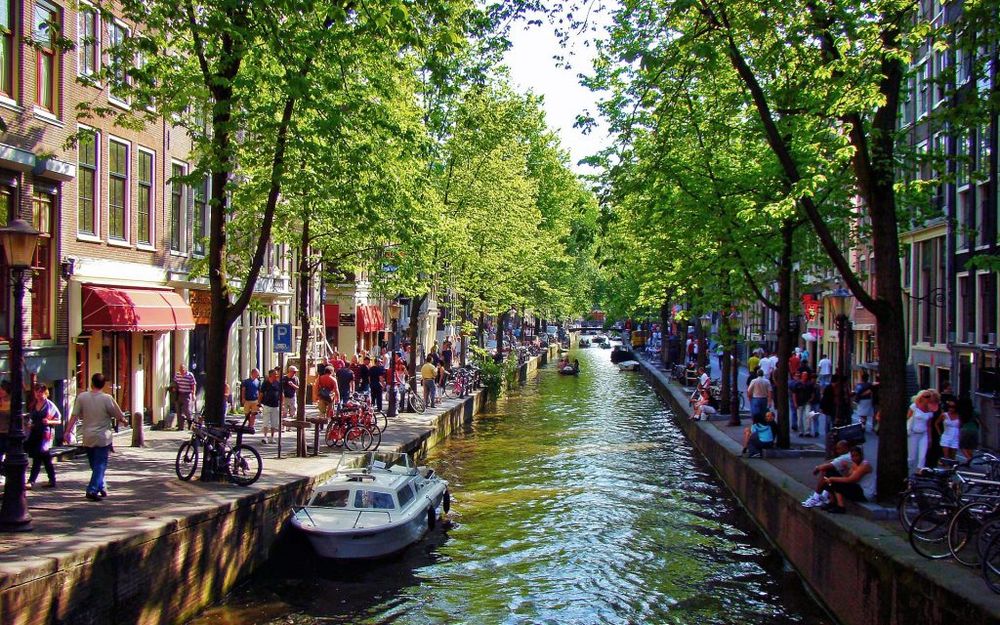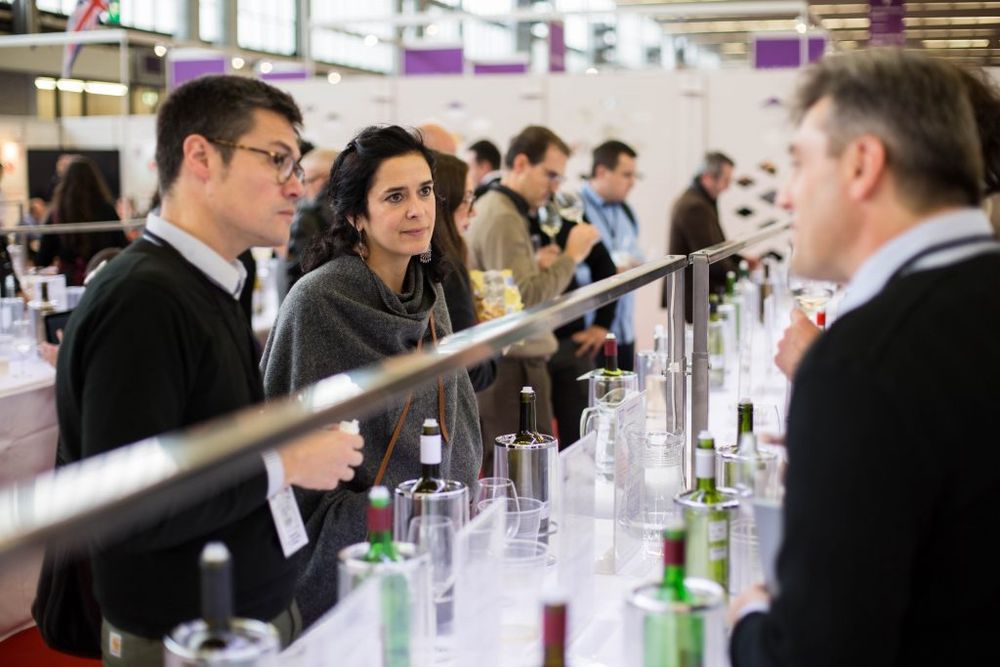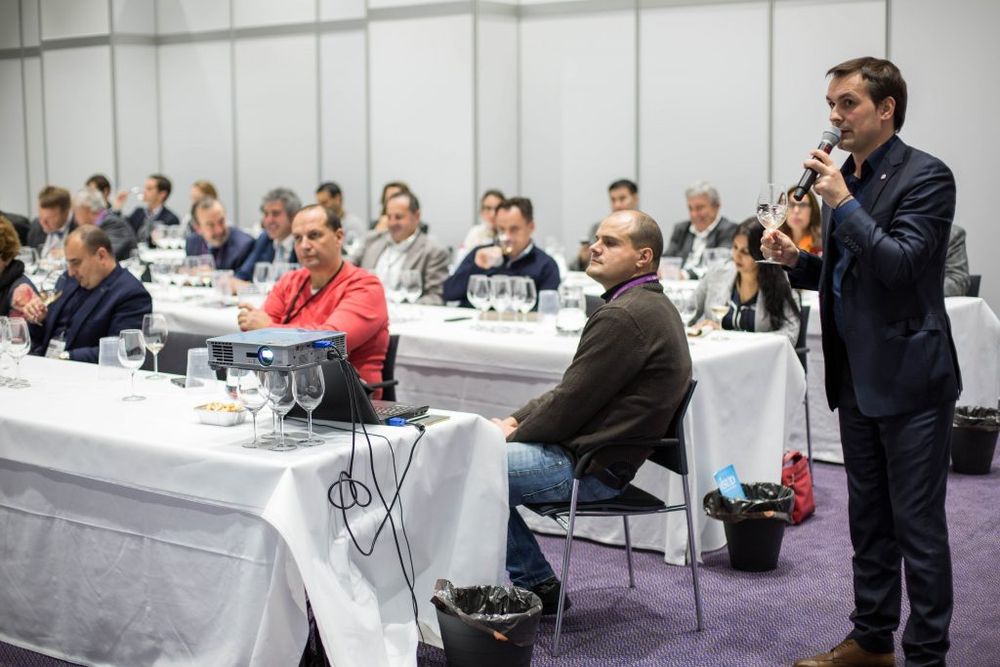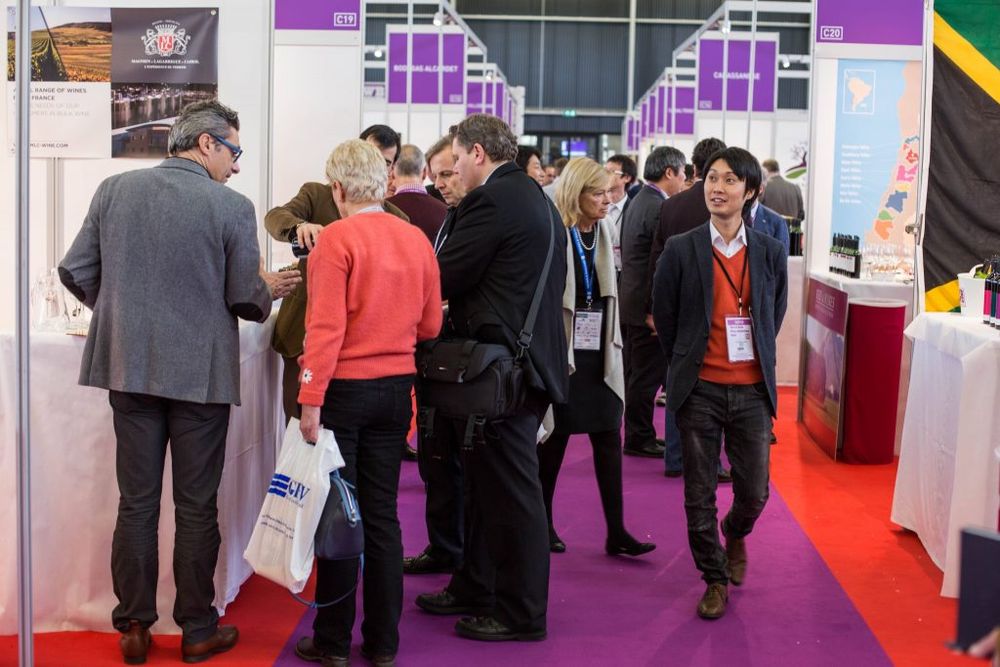November sees the ninth World Bulk Wine Exhibition take place in Amsterdam, providing an opportunity for business to be done and deals negotiated, but it also provides a platform for debate and better understanding for how this fast moving sector can offer better ways for working for producers on the one side and retailers and operators on the other. Show organiser, Otilia Romero de Condés, assess the global bulk wine market.

Amsterdam is once again home for the WBWE event
What in your view is driving the trends in bulk wine?
Trends are marked by markets and mainly guided by tastes of the biggest consuming countries such as the US, France, Italy, United Kingdom and China. Right now, varieties such as Muscat, Grenache, Tempranillo, Zinfandel, Primitive, or Sauvignon Blanc are a success.
More fruity wines, with personality and character are being sought after. In many cases, it should be noted that the most in demand wines are those that can be turned in to blends in their destination market. That is why wine producers must adapt their offer for each market and, above all, maintain important quality standards for their wines. The main market trend is to opt for bulk quality wines.
Where are the big opportunities still to be taken advantage of in bulk wine?
Opportunities have to adapt to markets that are constantly evolving and growing. The bulk wine industry has to become more agile and lose certain embedded fears within the sector. New players, who import more wine every year, have appeared and we must know how to deal with them. Large bottling companies are a good example of companies that are adjusting very well to their market needs.
Moreover, crises –such as the drop in production of the latest harvest– bring opportunities to look for added value in our wines, the chance to prioritise quality producers and find new market niches. This is what the WBWE offers, and why, particularly in a year of low production such as this, that buyers and producers look to participate and not miss the boat on new opportunities.
On a positive note, in the year 2000 30% of bulk wine was sold and in 2016 that had increased to 38%. The sector is moving forward and the challenge will be to know how to adjust to each situation and to each harvest.

Up to 80% of the world’s bulk wine is available to trade at the World Bulk Wine Exhibition
What then are the big challenges facing the bulk wine industry? Where does it need to improve its service?
There are several areas where improvement is necessary, for example logistics; also service times to markets need to be shortened and we need to be more flexible when responding to clients’ needs. We also need to become experts on contracts, customs and legal issues. Each country with which we work with is a different world and those companies with expertise in these areas will already have gained part of their success.
Furthermore, customs are not only physical but psychological; it is essential to be acquainted with the culture of the people with whom we deal with in order to establish effective commercialisation tools. It is about knowing our clients, because every negotiation is human. The bulk wine sector is increasingly more transparent and that has a positive effect on quality and increases the respect for the product within the sector.
What do you think the perception of bulk wine is in the global wine industry? Does it have the right image and does the bulk wine industry need to tell its story better?
We would start by saying that every bottled wine was previously bulk wine, so talking about bottled wine or bulk wine is the same up to a certain extent. There are a lot of reasons why a producer might prefer to sell their wine in bulk or bottled. They might be looking to achieve a higher added value at low costs; to make the wine more profitable in the market faster; to have more financial fluidity; and we also have to talk about environmental responsibility because to bottle in destination and not in origin helps to reduce carbon footprints.
Little by little the social perception of bulk wine as a quality wine is gaining traction. We like to think the WBWE has played its own role in that over the last nine years and are proud we have been able to contribute to improving not only the perception of bulk wine, but also the wine quality itself, which is greater every year. However, the sector must lose its fear and gain pride when talking about bulk wine. There are Burgundies that are sold in bulk as a ‘negociant’ brand and they are sold at €100€-€120.
Of course, there are also many bulk wines of lower standards which can be used as base wines for other products; wines of poor quality which are sold at cheap prices, but this is just because generally wine can be of better quality or not. But this has nothing to do with bulk wine.

The WBWE also provides a platform for debate and sharing ideas across bulk wine
Which countries are seeing the most growth in bulk wine and why?
The emergence of the Eastern European countries in the bulk wine has been significant. They are gaining increasing relevance as producers and exporters to the entire world; a good example of this is the larger participation of Moldova and other Eastern countries at the WBWE.
Moreover, in Australia, there has been a shift in perception going from being a country where a lot of wine was bottled in origin, to a country that sells a significant proportion of its production to be bottled in destination.
Chile, New Zealand and the US are other countries that are selling quality bulk wine. On the other hand, traditional countries such as Spain, Italy and France maintain a steady growth.
Do you think bottled in market wines are now more relevant to on-trade buyers and offer a new route to market for bulk wine producers and brokers?
In order to increase bulk wine sales, there has to be more sales of bottled wine, because what we all want for the sector is to sell more wine in general. Although it is essential to stress once again the environmental grounds for bottling in destination.
Do you have the latest figures for the total bulk wine market?
Here are the Top 10 biggest growth markets in bulk wine (2016)
- Spain: 12.53 million hectoliters, worth €495m.
- Italy: 5.37 m/l, worth €385m.
- Australia: 4.16 m/l, €284m.
- Chile: 4.02 m/l, €274.5m.
- South Africa: 3.01 m/l, €176.5m.
- France: 2.11 m/l, €284m.
- USA: 1.78 m/l, €197.5m.
- New Zealand: 0.78 m/l, €206m.
- Germany: 0.71 m/l, €88.5m.
- Portugal: 0.64 m/l, €44m.
What is different about this year’s WBWE? Particular highlights to look out for.

The WBWE attracts brokers, buyers and producers from all over the world
The biggest innovation at this year’s exhibition goes hand in hand with The Bulk Wine Club, which was an original idea developed by WBWE to help the event become seen as the largest forum on bulk wine for the global wine industry. The Bulk Wine Club provides a meeting place for buyers, brokers and producers to come and share information and do real business. It also provides our members direct access to real time sales data, pricing and what is happening within bulk wine trends and commercial deals.
We are also introducing as part of our Master program: “The art of Blending Wine”. This will include a series of workshops and keynote speeches from international experts on how they work in the art of coupage.
Why should wine buyers attend the show in November?
The wine market, as we know, relies on each individual harvest and there has been a lot of uncertainty this year across the industry. Wineries are concerned because harvests will be lower compared to other years, but, at the same time, the decline in some areas offers new business opportunities in other areas which we all need to be alert to.
What is encouraging, however, is that there is going to be a high quality of wine from the 2017 harvest; a quality that ─together with the drop in production─ offers an opportunity to raise prices and to look for new markets in which to position itself.
Which makes the WBWE the ideal meeting place for buyers and producers looking for a better grape prices, higher crop profitability and a brighter future for their wines. After all between 70 and 80% of the bulk wine that is exported can be found at this trade fair, making the WBWE the right place to be if you don’t want to miss out on vitally important business deals.
- The WBWE takes place in Amsterdam between November 20-21 and includes a full exhibition and conference programme, including talks on wine developments in opportunities in emerging markets such as Eastern Europe and Africa. It will also include the results of the Bulk Wine Competition, highlighting the best quality wines around the world, and a range of activities all available through its website: www.worldbulkwine.com































